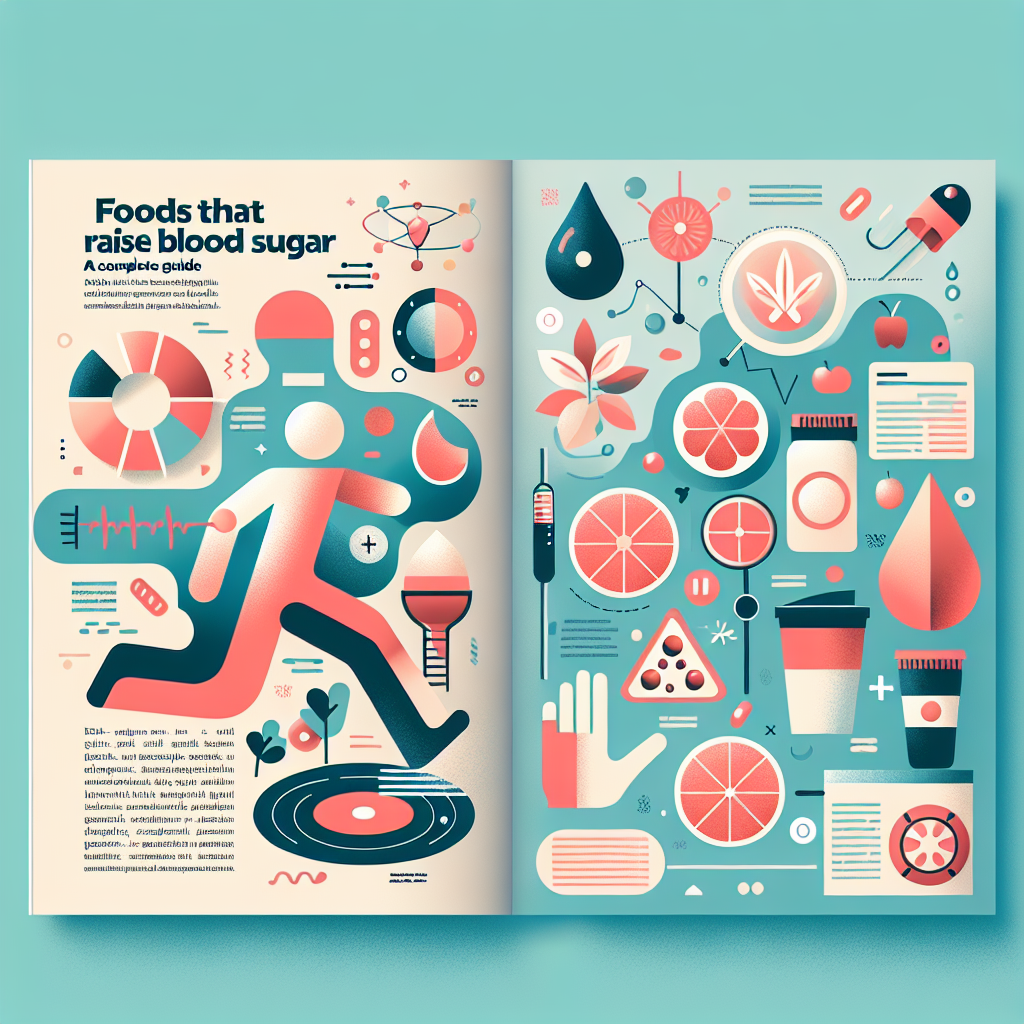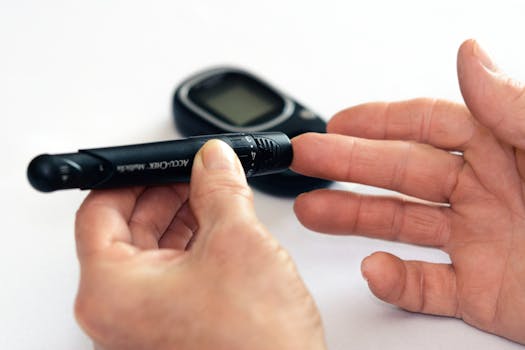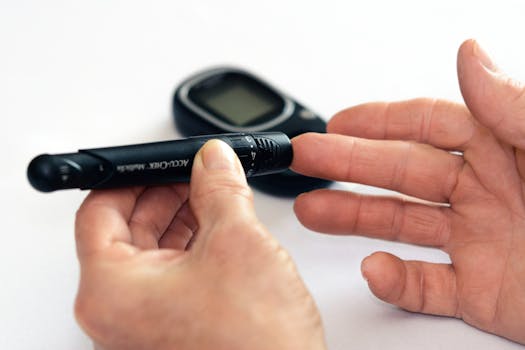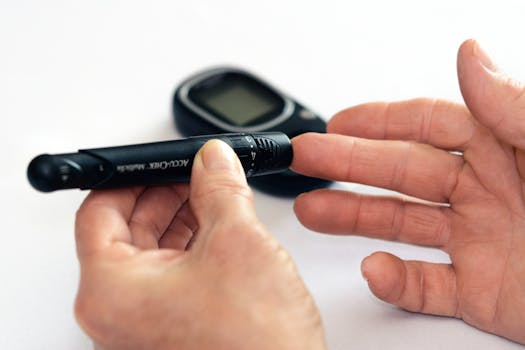Understanding which foods cause a rapid rise in glucose is important for anyone managing diabetes, recovering from hypoglycemia, or simply tracking energy. This guide covers common foods that raise blood sugar, why they act quickly, and practical tips to control spikes while still meeting dietary needs.
Foods That Raise Blood Glucose
Many everyday items can be a food rich in glucose or contain carbohydrates that convert quickly to blood glucose. Simple carbohydrates, sugary drinks, and refined grains are classic examples of foods that elevate blood sugar because they digest fast and release glucose into the bloodstream.
Common categories of high-impact items
- Sugary beverages: Soda, sweetened teas, and fruit juices are among the foods that have glucose or sucrose in forms that hit blood sugar fast.
- Refined grains and baked goods: White bread, pastries, and many breakfast cereals are foods that increase blood sugar rapidly.
- Candy and sweets: Candies, chocolate bars, and jelly are obvious foods that raise blood glucose levels almost immediately.
- Starchy foods in large portions: Potatoes, white rice, and some pastas are foods that raise blood sugar levels if consumed without fiber or protein.
- Some processed snacks: Chips, crackers, and packaged snacks are foods that spike blood sugar and often foods that spike insulin because of low fiber content.
People often ask what foods increase glucose levels the most. In practice, the fastest-acting are those that are high in simple sugars and low in fiber or fat. That explains why a glass of juice often causes a bigger spike than a whole piece of fruit with skin and fiber intact.
Why some foods spike sugar levels more than others
Digestion speed, macronutrient balance, and portion size determine what raises blood glucose. Foods that spike blood sugar or foods that spike insulin tend to have high glycemic indexes or large glycemic loads. Protein and fat slow absorption, which is why the same carbohydrate eaten with lean protein often produces a milder rise.
Examples and quick scenarios
- Candy or glucose tablets: clear answers to what foods raise blood sugar quickly when someone has hypoglycemia.
- White rice or instant oatmeal: foods that raise blood glucose levels when eaten in large bowls without added protein.
- Smoothies made entirely from fruit: can be foods that elevate blood sugar faster than whole fruit.
- Energy drinks and sweetened coffee drinks: typical foods that spike sugar levels even in small servings.
If you’re wondering what to eat to get blood sugar up during an emergency, small portions of quick carbs—such as glucose gel, fruit juice, or glucose tablets—are recommended because they raise blood sugar fast. For long-term control, aim to combine carbs with protein or fiber to avoid repeated highs and lows.
Practical tips to limit spikes
- Pair carbohydrates with protein or healthy fats to blunt rapid absorption. For example, pair fruit with nut butter.
- Choose whole grains over refined grains to reduce how quickly foods increase blood sugar.
- Watch portion sizes; even low-glycemic foods can cause a big rise if you eat a lot.
- Monitor responses—different people react differently to the same foods, so testing is useful.
For broader context on blood sugar and diabetes basics, credible public health resources explain how the body handles glucose and why regulation matters: CDC on diabetes. For an in-depth treatment of living with type 1 and type 2 diabetes and practical guides to treatment, see descriptive anchor text.
Balancing immediate needs and long-term health
Learning what raises blood glucose and how quickly it does so helps you respond to low-glucose emergencies and avoid patterns of frequent spikes. Foods that spike insulin or cause repeated high readings can increase fatigue, thirst, and long-term risks when not managed. Use continuous feedback—food logging, fingerstick tests, or CGM data—to refine choices.
- Takeaways:
- Sugary drinks, refined grains, and candy are the most common foods that raise blood sugar quickly.
- Combining carbs with protein, fat, or fiber slows absorption and reduces spikes.
- For rapid correction of low blood sugar, choose fast-acting carbs like glucose tablets or juice.
FAQ: What should I eat to raise low blood sugar safely?
Small, measured portions of fast-acting carbohydrates—glucose tablets, 4 ounces of juice, or regular soda—are effective. Follow with a snack containing protein to stabilize levels and prevent a rebound low.
FAQ: Do all fruits raise blood sugar the same way?
No. Whole fruits with fiber generally raise blood glucose more slowly than fruit juices or dried fruits. Portion size and the fruit’s sugar composition matter.






